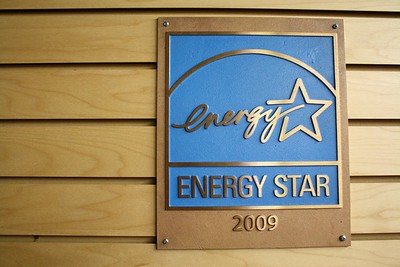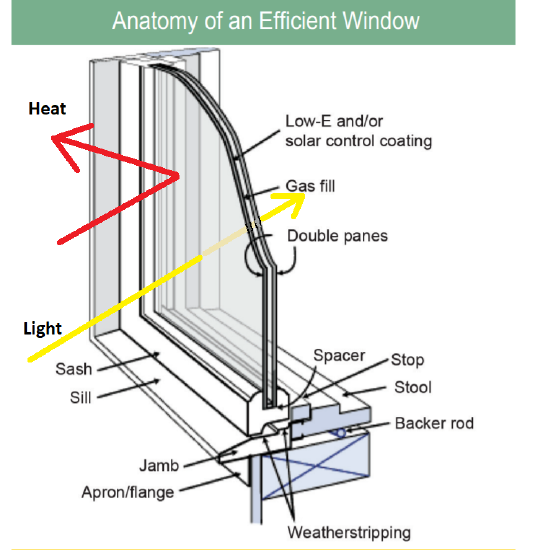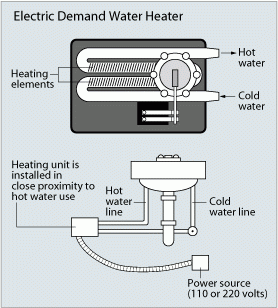18.7: Energy Conservation
- Page ID
- 43296
Energy conservation refers to reducing energy waste and increasing efficiency. Energy conservation can involve behavior changes as well as technologies. Some examples of energy conservation have no financial impact. These include turn off and unplugging electronics when not in use, turning down the water heater, and driving efficiently (figure \(\PageIndex{a}\)). Additionally, opening blinds on south-facing windows in the morning during the winter takes advantage of a passive solar technology. Relying on the sun for heating and lighting reduces the use of electricity.

Other examples of energy conservation require some financial investment, but they quickly pay for themselves with savings on an energy bill. An energy audit is a first step to investigate inefficiencies in one's home. This helps homeowners identify where their home is losing energy, and which problem areas and fixes they should prioritize to save energy and money. For example, an energy audit may reveal places in the home where hot escaping in the winter or entering in the summer. An energy auditor might recommend installing insulation to better seal the home as well as to insulate the hot water heater and pipes. Investing in most high-efficiency appliances also pays for itself relatively quickly (figure \(\PageIndex{b}\)).

This video provides a walkthrough of an energy audit.
Finally, some strategies for energy conservation require sizeable financial investment. They can eventually pay for themselves over extended periods of time. Once example are double-paned, low emissivity (low e) windows (figure \(\PageIndex{c}\)). The two layers of glass trap air between them, which serves as insulation. Additionally, the glass is coated with very small metal dots that allow light to pass through, but infrared (heat) energy is reflected back. If it is hotter outside, heat is emitted back outside; if warmer inside, heat will be emitted back inside. Energy-efficient air conditioners, geothermal heat pumps, and on-demand (tankless) water heaters (figure \(\PageIndex{d}\)) are also examples of energy-conserving technologies that require sizeable investment.


Attribution
Melissa Ha (CC-BY-NC) and Home Energy Audits. U.S. Department of Energy. Accessed 01-18-2021. (public domain)


